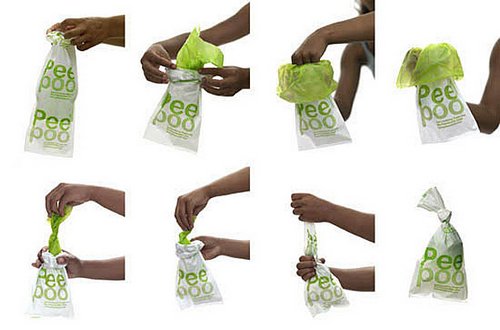
Toiletten(sitze) mit eingebauter Dusche zur Analreinigung, sog. Washlet-Toiletten oder auch “Dusch-WC” genannt, sind dank globalisierter Trends in den letzten Jahren in Mode gekommen – und sind hierzulande noch lange nicht so populär, wie sie es eigentlich sein könnten. Im Internet gibt es seit ca. 2016 verstärkt Infos zum Thema Dusch-WC, wobei es in Deutschland mindestens 10 Marken mit einer Vielzahl an eigenen Modellen gibt.
Wie in den englischsprachigen Beiträgen auf diesem Blog bisher erwähnt, sehen wir WASH (WAter, Sanitation, Hygiene)-Ingenieure vor allem die Seite der Verfahrenstechnik, während sich der Nutzer eher für die Schnittstelle interessiert: Für die Toilette mit sauberen Oberflächen im Toilettenraum, die ein Wohlbefinden erzeugen. Schließlich verbringt man einen erheblichen Teil seines Lebens auf dem Toilettensitz, daher ist es verständlich, wenn in diesem Bereich für etwas Luxus gesorgt wird.
Ein wesentlicher Grund für die Reinigung des Hinterns mit Wasser ist die verbesserte Hygiene. Oder würde man sich – statt zu Duschen – den Körper lieber mit Papier abreiben? Wohl kaum. Schon die alten Römer benutzten an Stöcken befestigte Meeresschwämme (tersorium), um sich damit den Hintern abzuwischen. Und wenn der Großteil der Weltbevölkerung die Nassreinigung bevorzugt, kann das System so falsch nicht sein. Nur vielleicht anfangs etwas ungewohnt.
Dusch-WC sind nicht nur ein Trend wie Badezimmerspiegel mit integrierten LEDs, sondern ein ernsthafter Beitrag zur Körperhygiene. Viele auf dem deutschen Markt mittlerweile angebotenen Modelle verfügen über eine Hilfsmittel-Nr und können bei entsprechender Verordnung über die Krankenkasse abgerechnet werden. Grund genug also, sich das Thema etwas genauer anzuschauen. Continue reading “Washlet-Toiletten Dusch-WCs”

